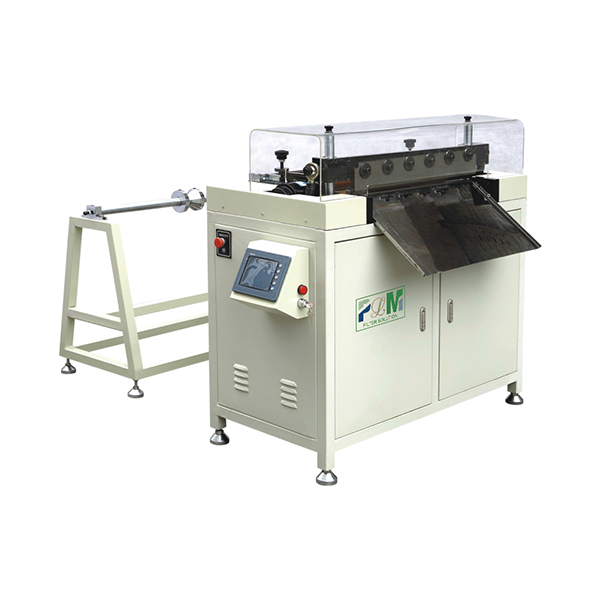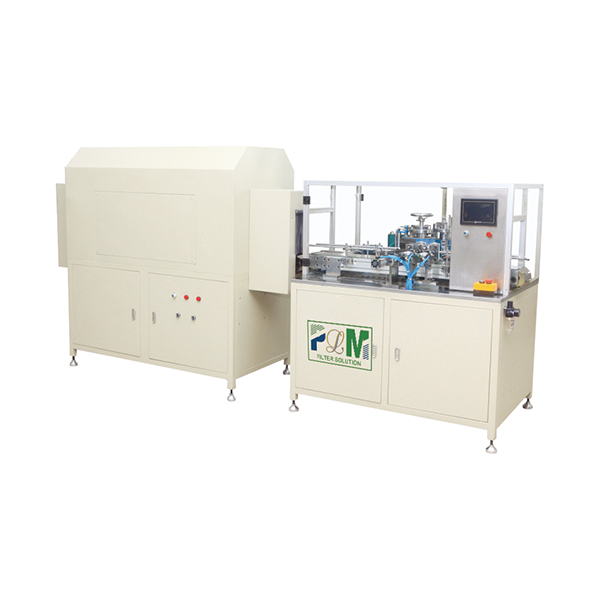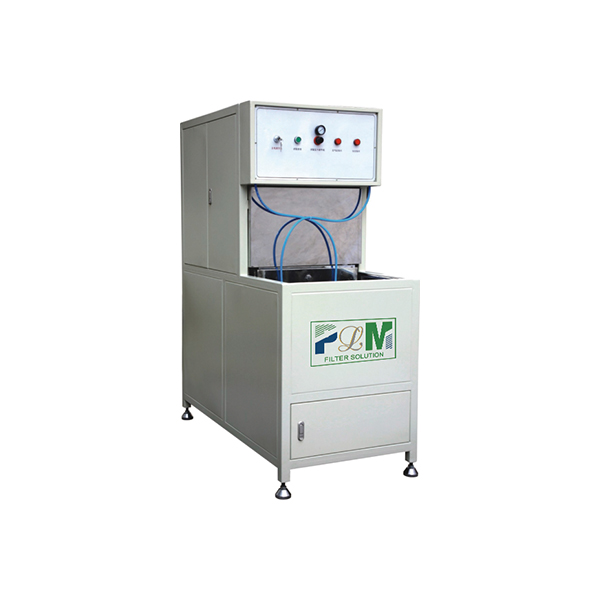Oct . 14, 2025 09:15 Back to list
Active Carbon Air Filter for Air Purifier - Odor Removal
Active Carbon Air Filter for Air Purifier: What’s New, What Matters, and How It’s Really Made
If you’ve been shopping for cleaner indoor air lately, you’ve probably bumped into the term active carbon air filter for air purifier more than once. To be honest, I see it in specs, on boxes, in customer chats—everywhere. The tech is simple at heart: porous carbon that adsorbs odors and VOCs. But the way it’s manufactured (and tested) can make or break performance.

Industry snapshot
Actually, demand is booming—home offices, schools, clinics. A few trends I keep hearing from engineers and buyers:
- Dual-stage media (pre + carbon) to balance VOC removal with pressure drop.
- Impregnated carbons targeting formaldehyde, SOx/NOx, and ammonia in urban air.
- Thinner, higher-iodine media to fit slim purifiers without choking airflow.
- Traceability and compliance—ISO 16890 for particulates plus ISO 10121 for gas-phase.
How it’s made (the real shop-floor version)
Materials usually include activated carbon (granular or powdered), a non-woven substrate (PET/PP), adhesives, and sometimes a PP or paper frame. From there, the flow looks like this:
- Media slitting: non-woven rolls cut to width on precision slitters like the PLHK-50 Cabin Filter Non-woven Piece Slitting Machine (origin: East of Anping County, Hengshui City, Hebei, China 053600).
- Carbon loading: sprinkle-laminate (granular) or wet-bond (powdered) to achieve target g/m².
- Calendering/thermal bonding: locks carbon, controls thickness and resistance.
- Die-cutting and frame assembly: PU gasket or PP frame; some add a mesh scrim.
- Testing: pressure drop, VOC breakthrough, iodine number, dust shedding.
I guess the unsung hero here is the slitting step—tolerance slip-ups ripple through pressure drop and fit. Many customers say that consistent slitting is what keeps replacement filters sealing tight and quiet.
Typical specifications (real-world values)
| Media type | Activated carbon on PET non-woven (powdered or granular) |
| Carbon loading | ≈ 120–350 g/m² (use-case dependent) |
| Iodine number (ASTM D4607) | ≈ 900–1100 mg/g |
| Initial pressure drop | 30–85 Pa at 1.0 m/s (around; system-specific) |
| TVOC removal (ISO 10121) | >80% initial; breakthrough varies with VOC mix |
| Service life | 3–12 months (real-world use may vary) |
| Operating temp/humidity | 5–50°C; RH ≤ 85% recommended |
Where it shines
Homes with cooking odors, pet smells; offices near traffic; clinics wary of aldehydes; classrooms; maker spaces. For car cabins, a thinner pad paired with HEPA works nicely. A active carbon air filter for air purifier won’t capture fine dust like a HEPA—different job—but it beats odors and many VOCs hands down.
A quick vendor landscape (informal but practical)
| Vendor | Certifications | MOQ | Lead time | Notes |
|---|---|---|---|---|
| OEM Media House (Asia) | ISO 9001, ISO 14001, RoHS/REACH | ≈ 500–1,000 pcs | 2–4 weeks | Strong on custom sizes and carbon blends |
| Global Consumer Brand | AHAM Verified, GB/T 18801 reports | Retail packs | Stocked | Great availability; fewer custom options |
| Specialist Custom Shop | ISO 10121 lab tie-in | ≈ 100–300 pcs | 3–5 weeks | Niche VOC targets (e.g., formaldehyde) |
Mini case study
In a 30 m³ test room with fresh paint, a mid-load carbon media achieved ≈ 85% toluene reduction at 30 minutes and ≈ 70% formaldehyde reduction at 60 minutes (single pass, 200 m³/h, ISO 10121-style setup). Pressure drop stayed under 55 Pa. Surprisingly quiet, too. Your mileage will vary with humidity and VOC mix.
Customization and the machine behind the scenes
Custom sizes? That’s where precision slitting matters. The PLHK-50 Cabin Filter Non-woven Piece Slitting Machine is built for clean, repeatable cuts—critical before lamination and calendering. Consistent edges reduce fines, improve sealing, and, yes, extend the useful life of a active carbon air filter for air purifier.
Standards and certifications to look for
- ISO 10121-1/2 for gas-phase filter performance (VOC removal).
- ISO 16890 for particulate performance (when combined with dust media).
- GB/T 18801 for purifier performance in China; AHAM AC-1 (CADR) in North America.
- ASTM D4607 (iodine number), ASTM D2866 (apparent density) for carbon QA.
Citations:
- ISO 10121-1/2: Gas-phase air cleaning media and devices — Performance test methods. https://www.iso.org
- ISO 16890: Air filters for general ventilation. https://www.iso.org
- AHAM AC-1: Method for measuring CADR. https://www.aham.org
- GB/T 18801-2015: Air cleaner. http://www.gbstandards.org
- ASTM D4607: Iodine Number of Activated Carbon. https://www.astm.org
Comprehensive Guide to Filter Caps: Applications, Benefits & Future Trends
NewsNov.24,2025Filter Paper: Essential Guide for Industry and Global Applications
NewsNov.23,2025Essential Guide to Filter Materials: Types, Applications, and Future Trends
NewsNov.22,2025Efficient Long Pulse Dust Collector Pleated Filters for Superior Industrial Air Quality
NewsNov.22,2025Professional Air Filter Making Machine – Efficient Air Filtration Production Solutions
NewsNov.21,2025PLAB-6 A/B Glue System-Hebei Filter Man|Precision&Adjustable Speed
NewsNov.21,2025






